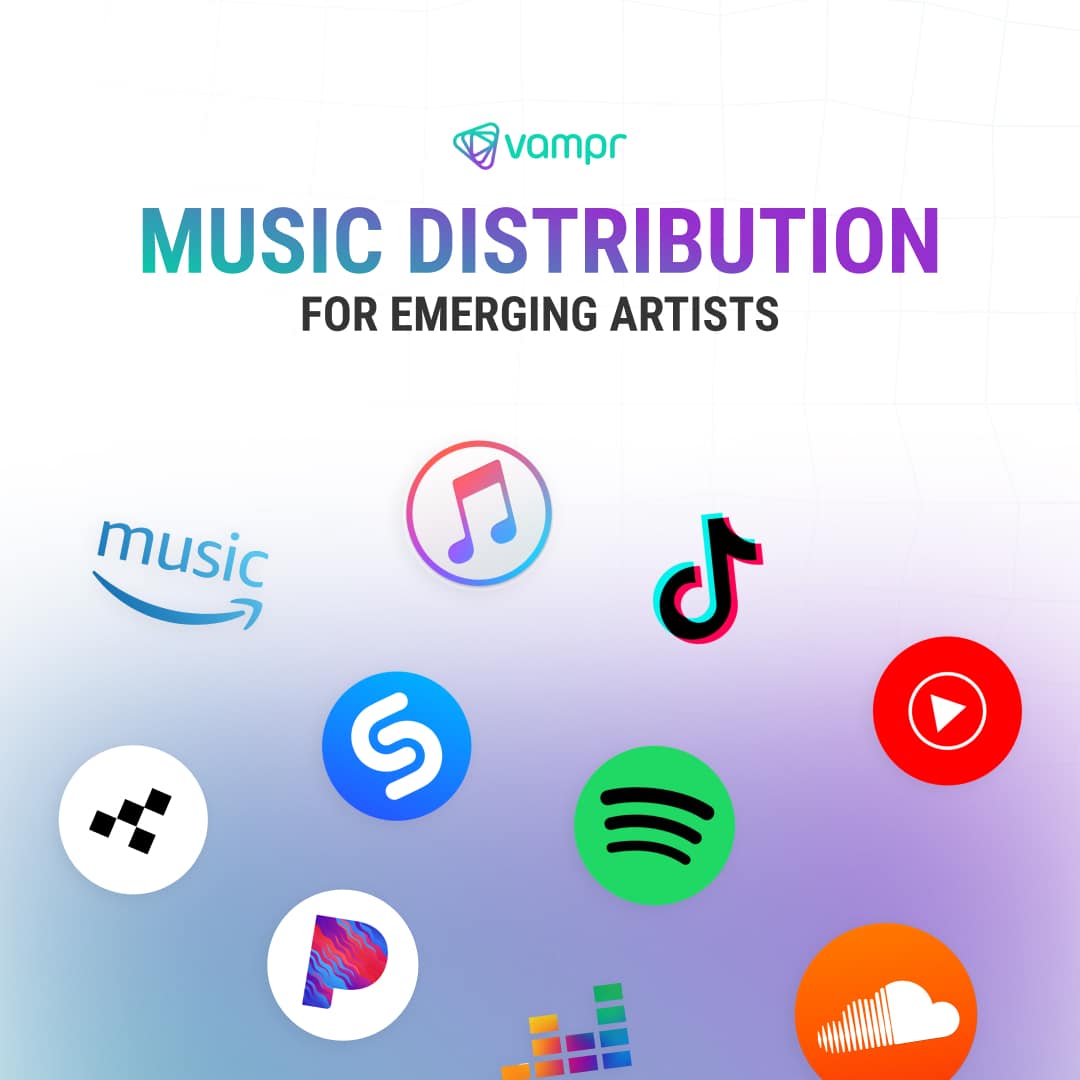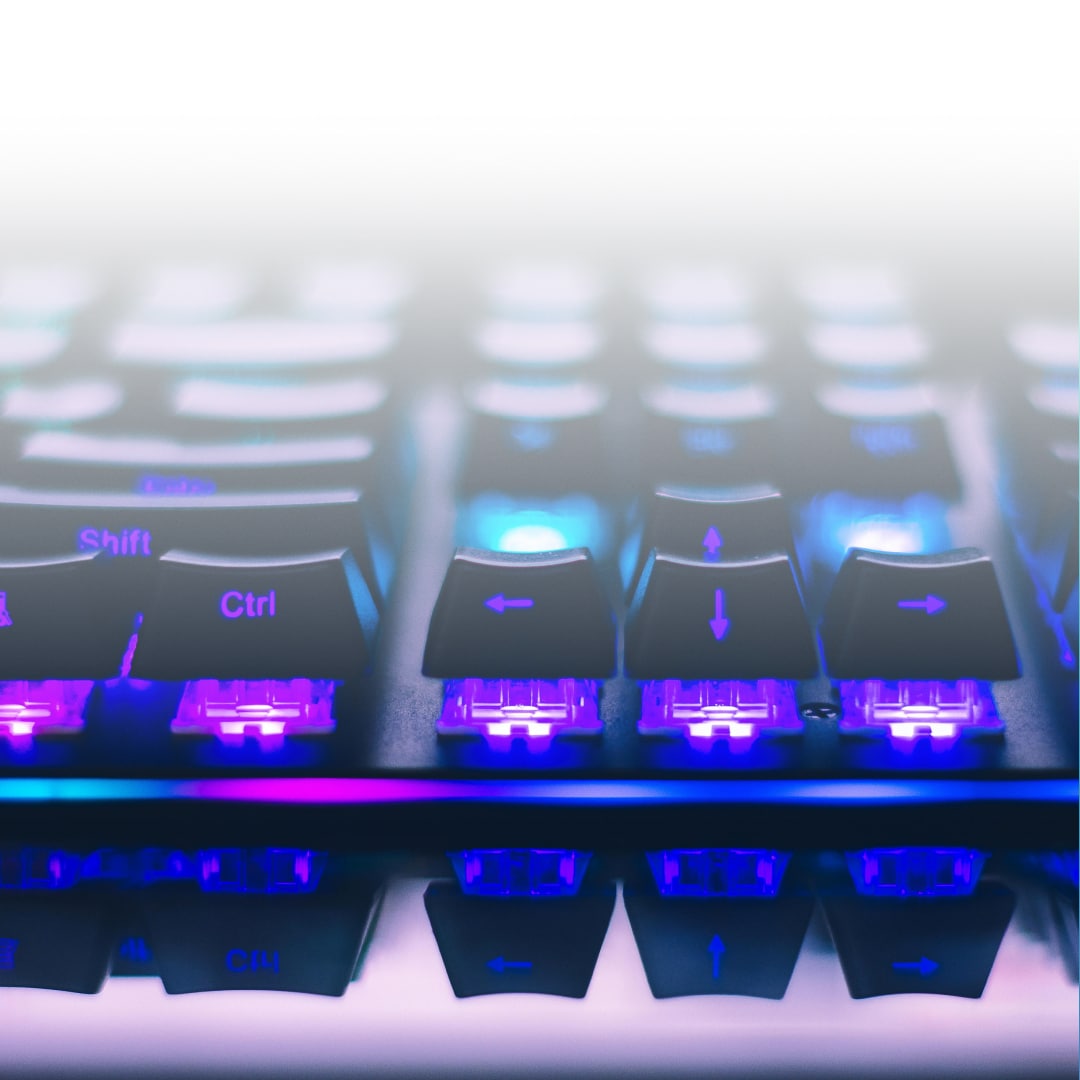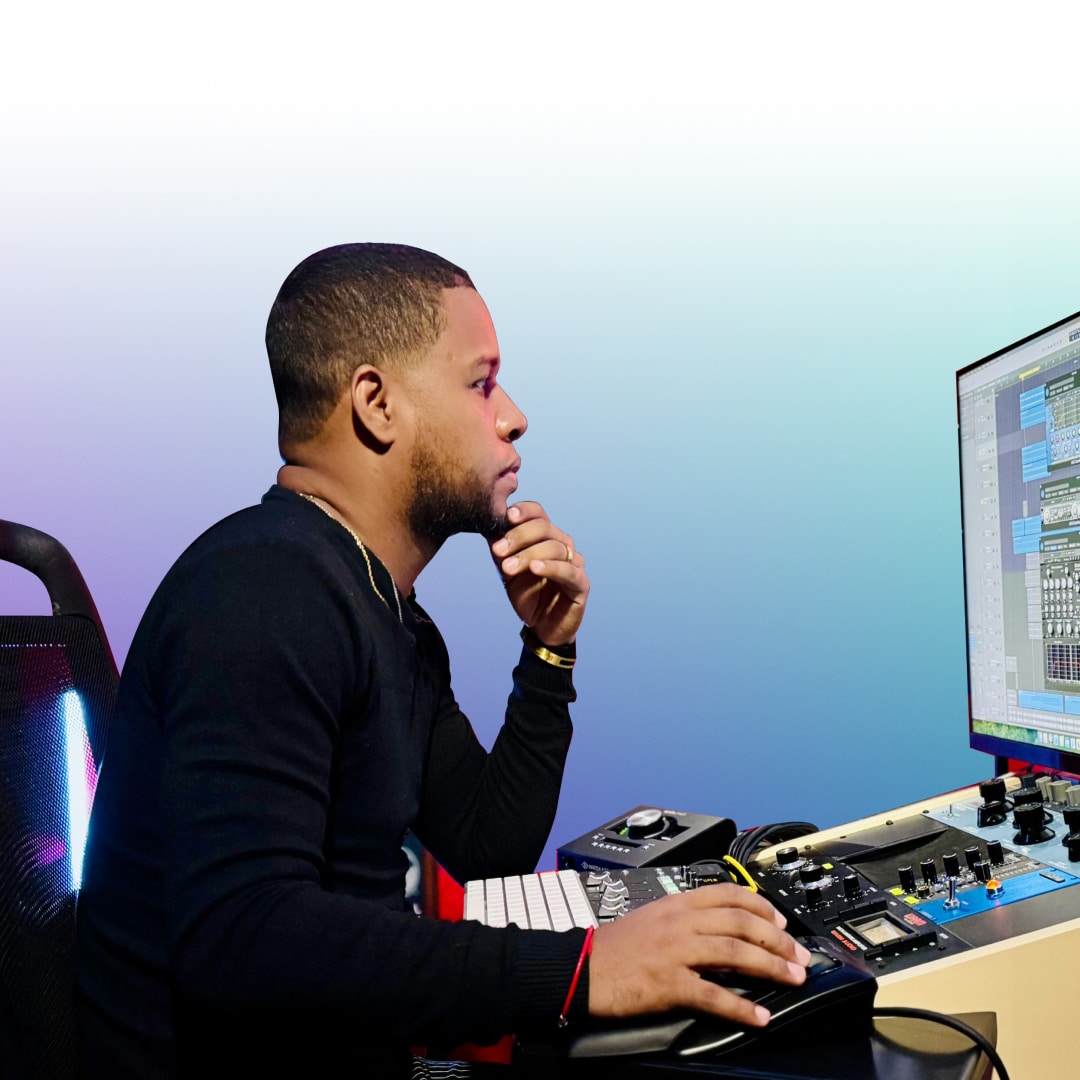Getting your music on major platforms like Spotify, Apple Music, Tidal, and others is a critical step for any emerging artist. These Digital Streaming Platforms (DSPs) offer you the chance to reach global audiences, build a fanbase, and generate income from your music. But how exactly do you get your music distributed across these platforms? In this blog, we’ll break down everything you need to know about music distribution, the steps involved, and the services you can use to get your tracks out there.
What Is Music Distribution?
Music distribution is the process of getting your music from you (the artist) to digital platforms where it can be streamed, downloaded, or purchased. In the past, distribution meant getting physical copies of your music into record stores. Now, it’s all about getting your music on DSPs like Spotify, Apple Music, Amazon Music, YouTube Music, and others.
You need a music distributor or an aggregator to act as the middleman between you and the DSPs. These distributors help ensure your music is available worldwide on as many platforms as possible, all while collecting royalties for streams and downloads.
Step-by-Step Guide to Getting Your Music on Major Platforms
Prepare Your Music for Distribution Before you even think about distribution, your music needs to be ready for the world. This means having high-quality, professionally produced tracks. The better your music sounds, the more likely it is to resonate with listeners on DSPs. Here are some key things to do:
-
- Master Your Tracks: Make sure your music is properly mixed and mastered. DSPs operate at specific sound quality standards, and you want your tracks to sound polished.
- Create Artwork: Every DSP requires cover art for your releases. Your artwork should be professional and aligned with your brand. Make sure it adheres to the required size and format (usually 3000×3000 pixels in JPG or PNG).
- Organize Metadata: Metadata includes essential information like song titles, artist names, album name, and more. Ensure that this is accurate and consistent across all your tracks.
Choose the Right Music Distributor Once your music is ready, the next step is selecting a music distributor. Distributors work with major DSPs and will upload your music for you, ensuring it appears on platforms like Spotify, Apple Music, and others. Here are some of the most popular distributors, including an option you might already be familiar with:
-
- Vampr: we may be known as a networking platform for musicians, but we also offer music distribution services to our users. This service allows you to distribute your music to all major DSPs while keeping 100% of your royalties. It’s an excellent choice for emerging artists who are already part of the Vampr community and want a seamless distribution experience alongside the platform’s networking and collaboration features. even if we do say so ourselves! Vampr Distribution is free for Vampr Pro members.
- DistroKid: Known for its simplicity and speed, DistroKid charges a flat annual fee and allows unlimited uploads to all major DSPs. It’s a favorite among independent artists for its affordability and ease of use.
- TuneCore: TuneCore offers a pay-per-release model, charging you per single or album you upload. They have a robust system for collecting royalties from all platforms.
- CD Baby: CD Baby is one of the oldest and most trusted distribution services. They charge a one-time fee per release and collect royalties on your behalf. CD Baby also offers physical distribution for vinyl or CD sales.
- Amuse: Amuse offers a free tier for music distribution and a premium tier with added features like faster payments and advanced support.
- Ditto Music: Ditto is another flat-fee distributor that allows unlimited uploads. It’s popular for its additional services, like music promotion and marketing tools.

Upload Your Music and Metadata Once you’ve chosen a distributor, it’s time to upload your music. This process varies slightly between distributors, but generally, you’ll need to:
-
- Upload your audio files in WAV format (most DSPs require this for quality purposes).
- Add your album or single artwork.
- Input the necessary metadata, including track names, album name, release date, and more.
- Select the release date. Be sure to plan ahead – ideally, upload your music at least 2-4 weeks before the release date to give DSPs time to process your submission.
Set Your Release Date Planning your release date is crucial. Most DSPs allow artists to choose a release date in advance, which is important for building anticipation. If you’re planning a big promotional push around your release, or if you’re pitching to Spotify editorial playlists, having a future release date can give you time to promote and gather pre-saves.
-
- Pre-Saves: Platforms like Spotify offer pre-save functionality, where fans can save your upcoming release to their libraries before it’s out. This helps with initial traction when your song or album goes live.
Choose Your Monetization Options When distributing your music, you’ll also be able to choose how to monetize it. This includes:
-
- Streaming Royalties: DSPs like Spotify and Apple Music pay royalties based on streams. Make sure your distributor will collect these royalties for you.
- Download Sales: While streaming is the most popular way for listeners to consume music, platforms like iTunes still allow fans to purchase your tracks. Be sure to enable this option if it’s offered.
- YouTube Monetization: Many distributors can also help you monetize your music on YouTube by collecting royalties whenever your music is used in YouTube videos (whether by you or others).
- Sync Licensing: Some distributors, like CD Baby, offer sync licensing services, allowing your music to be used in movies, commercials, and TV shows, providing an additional revenue stream.
Promote Your Release Your music is distributed – now what? Promotion is key to driving streams and gaining visibility on DSPs. Here’s how to make the most of your release:
-
- Create a Smart Link: Use a service like Linkfire or ToneDen to create a smart link that includes all the platforms where your music is available. Share this link on your social media, website, and email newsletters.
- Pitch to Playlists: Most DSPs, especially Spotify, offer the ability to pitch your music to their editorial teams for playlist consideration. This can be a game-changer, as playlist placement can significantly boost your streams.
- Collaborate with Influencers: Partnering with social media influencers or music bloggers can help amplify your release. Reach out to those in your genre or niche to help promote your new single or album.
- Engage with Fans: Promote your music actively on your social channels and engage with your fans. Share snippets, behind-the-scenes content, and personal stories to build hype and foster deeper connections.
Track Your Performance with Analytics Most major DSPs provide analytics tools for artists. These tools allow you to track your streams, listener demographics, and more. Pay attention to these metrics to gauge what’s working and what isn’t.
-
- Spotify for Artists: This platform offers detailed insights into how your music is performing, including where your streams are coming from, what playlists are driving traffic, and listener demographics.
- Apple Music for Artists: Like Spotify, Apple Music offers in-depth analytics to help you understand your fanbase and track your performance.
Navigating music distribution may seem complicated at first, but once you understand the process, it becomes a vital part of getting your music in front of the right people. By preparing your tracks properly, choosing the right distributor, and promoting your release strategically, you can maximize your chances of success on DSPs. The key is to stay consistent and proactive—keep releasing music, engaging with your audience, and using the tools available to grow your music career.
Vampr is the ultimate music networking app designed to help you connect with musicians and grow your career. As a leading music industry network, Vampr makes it easy to find music collaborators, join a band, or even find a jam partner. Whether you’re searching for band members or looking to expand your music community platform, this app for musicians streamlines music collaboration like never before. Ready to take your music to the next level? Start networking and create something amazing today!
Vampr makes online music collaboration effortless, helping you find a beatmaker, hire a music arranger, or work with a sound engineer all in one place. Whether you’re looking to find a composer, collaborate with EDM producers, or find a hip hop producer, this platform connects you with the right talent for remote music production. Need professional mixing? Vampr also helps you find a mixing and mastering service and find musicians for recording—so you can bring your music to life with ease.
Vampr is the go-to platform to get work as a musician and find paid music gigs—whether you’re looking for music jobs near me or remote music jobs you can do from anywhere. From landing paid gigs as a musician to securing opportunities to work as a session musician, Vampr connects you with the right people. Need industry support? You can also find a music manager or hire a music manager to help grow your career. Plus, if you’re looking to find a band to join, Vampr makes it easy to connect and start making music today!
Vampr is the ultimate indie musician networking platform, making it easy to find rock musicians, connect with EDM producers, or collaborate on pop music. Whether you’re looking to find hip-hop artists, connect with country songwriters, or find jazz musicians, Vampr helps you build the right creative team. Need to hire classical musicians, find metal band members, or work with electronic music producers?
Vampr is the place to discover and collaborate with talented artists across all genres!
See why Vampr is the #1 app for music industry collaboration and networking










